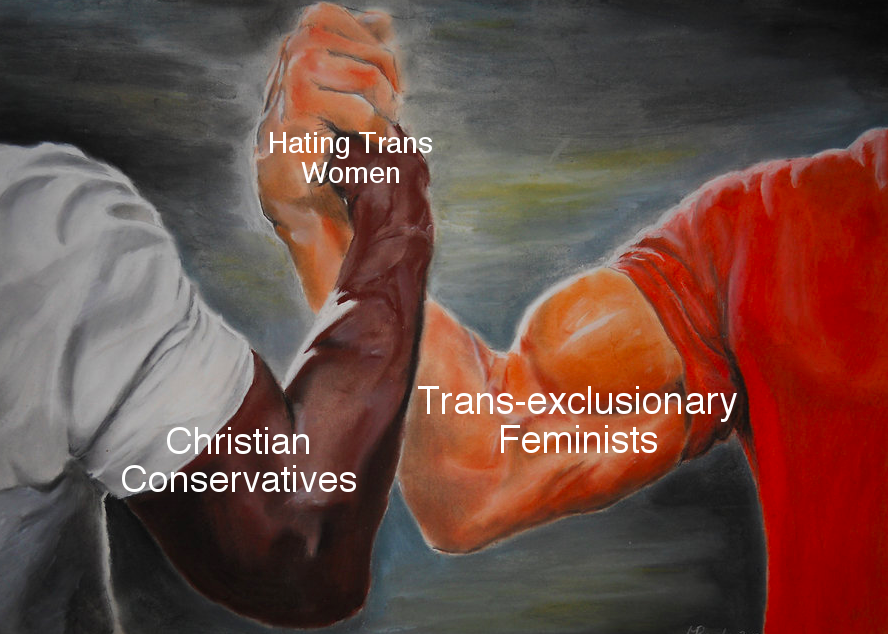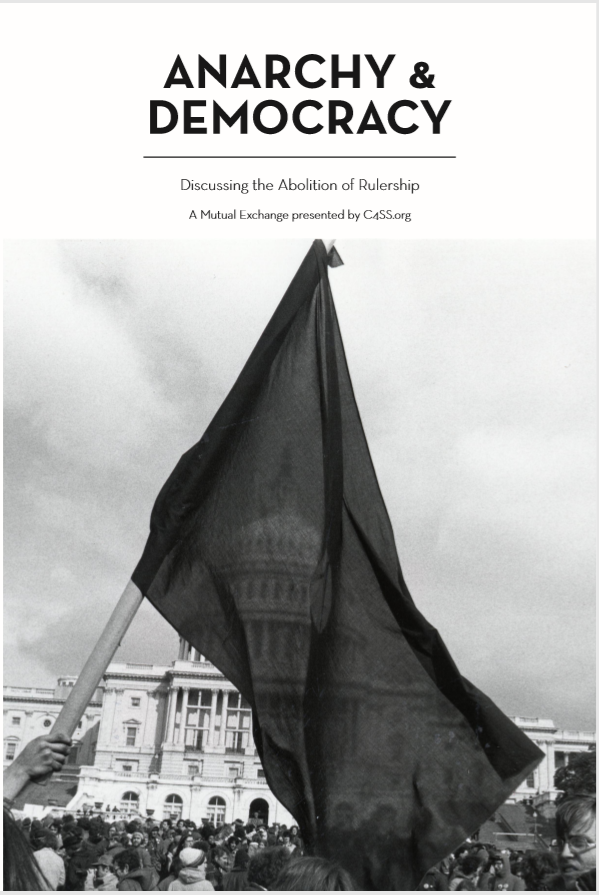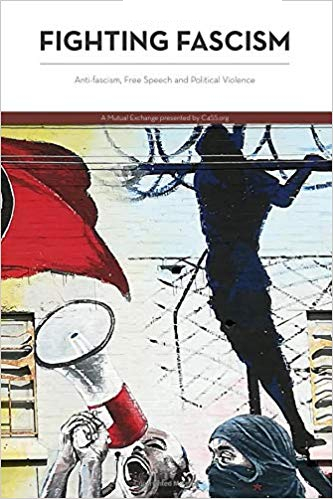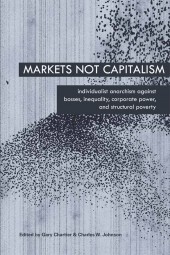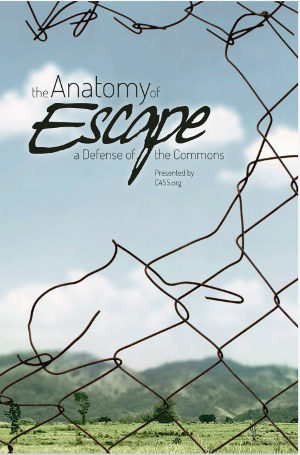Di Thomas J. Webb. Originale pubblicato il 4 settembre 2018 con il titolo Murray Rothbard’s Black Nationalism. Traduzione di Enrico Sanna.
Il ruolo di primo piano di Rothbard nel formare il carattere del movimento libertario americano è innegabile. Agli inizi il movimento era formato da poche persone che, come in un villaggio, si conoscevano tutte tra loro. La successiva rapida espansione ha prodotto un effetto del fondatore. Le particolari idiosincrasie dei fondatori si sono impadronite sempre più dei nostri cervelli man mano che nuove generazioni di libertari rileggevano i classici e i nuovi testi venivano influenzati da quei fondatori.
Luogo comune del movimento libertario, secondo che si giudichi da destra o da sinistra, è che Rothbard fosse buono (o più a sinistra) negli anni Sessanta, salvo poi riparare a destra. È vero che tendeva a sinistra negli anni Sessanta e a destra poi (e infine verso elementi malfidati dell’ultradestra). Vista dalla distanza, l’evoluzione culturale di Rothbard pare un pendolo impazzito, ma osservando bene si scorgono elementi di continuità.
Man mano che le strategie politiche (o l’ideologia: difficile dire dove finisse la sua irrealistica realpolitik e dove iniziasse il suo personale fallimento ideologico) fluttuavano verso l’estrema destra americana, crescevano le alleanze con mascalzoni e canagliume della peggior specie. Queste strategie finirono per attirare nel movimento libertario persone di insana fede statalista. Negli anni Novanta in “Right-Wing Populism” arrivò ad elogiare il programma politico dello stregone del KKK David Duke:
La cosa affascinante è che nel programma o nella campagna di Duke non c’era niente che un paleoconservatore o paleolibertario non potesse condividere: taglio delle tasse, smantellamento della burocrazia, tagli allo stato sociale, attacchi alla discriminazione positiva e alle preferenze razziali, uguali diritti per tutti gli americani compresi i bianchi… cosa c’è che non va? Ovviamente, la coalizione anti-Duke aveva programmi diversi. Ma anche quelli più a sinistra ammettevano a denti stretti che c’era qualcosa di positivo. Eppure l’establishment adottò quella stessa “propaganda negativa” che odiava a parole.
Come fece Rothbard, uno che negli anni Sessanta elogiava le Pantere Nere, a scantonare così tanto in pochi decenni? In effetti, c’è molta più continuità di quanto non appaia. Nel suo saggio del 1970, “Egalitarianism as a Revolt Against Nature”, punto di rottura dalla sinistra, criticando il femminismo di quei tempi fa il paragone con il movimento di liberazione dei neri, a suo dire separatista:
Quanto al movimento di liberazione della donna, forse dovremmo prendere sul serio l’analogia che esso stesso fa con il movimento di liberazione dei neri. I neri sono passati dall’integrazione al potere nero, ma la logica che sta dietro è semplice: nazionalismo nero, una nazione indipendente di neri. Se le moderne femministe vogliono lasciare l’“integrazione” uomo-donna a favore della liberazione, la logica impone un Potere Femminile, ovvero un Nazionalismo Femminile. Perché non diamo un territorio vergine, magari le Black Hills o l’Arizona, a queste bisbetiche? Che mettano pure su la loro Repubblica Democratica delle Amazzoni Karateka e buonanotte. Il virus del loro comportamento e delle loro ideologie malate verrebbe isolato e rimosso dal corpo sociale, e noialtri amanti della vecchia buona eterosessualità potremmo continuare a vivere indisturbati. (Enfasi mia)
Sarebbe una valida critica del femminismo dell’epoca, se l’analogia con il movimento di liberazione dei neri fosse davvero così diffusa come fa capire. A giudicare da come liquida la questione femminile non pare uno che appena qualche anno prima sosteneva la giustizia sociale. Detto francamente, il Rothbard del 1970 somiglia già a quello del 1992. Ma ciò che fa più disperare è che apparentemente credeva che il movimento di liberazione dei neri fosse separatista. Soprattutto se pensiamo che la sua reputazione di sinistra se l’era conquistata con l’appoggio alle Pantere Nere. Non che le Pantere Nere fossero necessariamente separatiste, ma il suo appoggio si basava sull’idea che lo fossero. In questo suo editoriale del 1969 esprime il suo disappunto per l’apparente rinuncia al nazionalismo nero:
Le Pantere hanno tre grandi pregi: (1) l’enorme capacità di irritare fino all’esasperazione i poliziotti bianchi semplicemente andando in giro armati e in uniforme, presunto privilegio costituzionale di ogni americano libero evidentemente negato ai militanti radicali neri; (2) la loro grande capacità di organizzare i giovani neri; e (3) idee grandiose in fatto di nazionalismo nero, soprattutto l’idea di una nazione nera con il suo territorio nella Black Belt o nel Sud, come Eldridge Cleaver auspica in alcuni suoi scritti.
Ma ci sono tendenze che vanno in senso contrario e che sono così serie da mettere in dubbio i meriti generali delle Pantere. In primo luogo, cresce la tendenza ad abbandonare quasi completamente il nazionalismo nero a favore dei virus della Vecchia Sinistra che preferisce un’azione marxista bianco-nero della classe lavoratrice. Il problema non è solo un’infusione di retorica marxista nel sangue delle Pantere, ma anche la voglia maledetta di stringere alleanze con l’estremismo bianco, contraddicendo così tutto il pensiero del potere nero, che vuole lo sviluppo di movimenti neri separati che portino all’autodeterminazione di una nazione nera. (Enfasi mia)
Ovviamente, Rothbard non amava i marxisti. Ma il suo disappunto per la direzione presa dai neri riguardava “in primo luogo” il loro apparente abbandono del nazionalismo nero. Ovvero del separatismo.
Caratterizzare i movimenti di liberazione unicamente come separatisti o integrazionisti trascura, nel migliore dei casi, importanti sottigliezze, sottigliezze che dovrebbero interessare ogni libertario. Curioso è anche il fatto che una persona possa avere un’ideologia cosmopolita e antistatale e contemporaneamente liquidare l’integrazionismo dopo decenni, o secoli, di segregazione forzata ad opera dello stato.
Ancora più preoccupante è che il suo sostegno al separatismo nero sia perfettamente coerente con le sue successive aperture ai nazionalisti bianchi. Non sto dicendo che chiunque non sia nero ma favorevole al nazionalismo nero debba augurarsi che i neri vadano affanculo. Né commento il conflitto all’interno del liberazionismo nero in fatto di assimilazione. Non tocco queste cose. Ciò che voglio dire è che il sostegno alla causa del separatismo nero da parte di un bianco è coerente con il sostegno al suprematismo bianco, come Rothbard ha fatto successivamente. Ovvero, in tema di questioni razziali c’è continuità tra il primo Rothbard e quello più tardo.
La tendenza fascista emersa in questi ultimi decenni, di usare una strategia pan-secessionista al fine di collegare il nazionalismo degli oppressori con quello degli oppressi, concorda perfettamente con la caduta di Rothbard nella “strategia paleo” e con le tarde aperture all’estrema destra. Come scrive diffusamente Alexander Reid Ross in Against the Fascist Creep, il pan-secessionismo può fungere da esca per attirare estremisti alla causa del nazionalismo bianco. Spiega in un’intervista sul libro:
Senza neanche capire come queste idee ambigue vengono applicate ai diversi milieu, come l’anarchismo nazionale o il nazionalismo autonomo e cose del genere, i radicali possono cadere preda di facili luoghi comuni. Esempio notevole è il pan-secessionismo. Quando un radicale comincia a parlare della necessità di una politica separatista senza avere una chiaro seguito strategico cosmopolita, non fa altro che esporsi all’influsso di un fascismo strisciante, e c’è la possibilità che idee e movimenti fascisti facciano proseliti in ambienti estremisti e nelle più ampie sottocultura e cultura tradizionale. Quando comincia a parlare di separatismo etnico, soprattutto di separatismo bianco di diritto o di fatto, ha già praticamente rinunciato alla lotta.
Apparentemente, il quasi di sinistra Rothbard abboccò. C’è una lunga storia di suprematisti bianchi che sostengono la causa del movimento di liberazione dei neri se e solo se questi cercano uno stato nazionale per conto loro. Come dice l’exposé on the KKK’s networking with Nation of Islam (servizio sulla collaborazione tra il KKK e la Nazione Islamica) su SPLC:
Attorniato da una dozzina di camicie brune con la svastica al braccio, Rockwell ha rivelato davanti ad un pubblico di devoti alla nazione di essere “orgoglioso di stare qui davanti a dei neri. … Elijah Muhammad è l’Adolph Hitler dei neri.”
Ci sono stati contatti sporadici tra musulmani neri e suprematisti bianchi dopo l’istituzione di una falange della Nazione Islamica da parte di Louis Farrakhan nel 1975.
Il capo del Klan Tom Metzger è rimasto così impressionato dalla pomposità antisemitica di Farrakhan, da donare 100 dollari alla Nazione dopo un suo raduno a Los Angeles a settembre 1985. Il mese dopo, Metzger e altri 200 suprematisti bianchi statunitensi e canadesi si sono radunati in una fattoria 50 miglia ad ovest di Detroit, dove hanno giurato sostegno alla Nazione Islamica.
Non dico che Rothbard partecipasse ad un complotto segreto per unire i separatisti e produrre una balcanizzazione razziale del mondo. Il suo interesse per il nazionalismo nero scemò quando capì che i liberazionisti neri avevano cambiato idea per abbracciare il marxismo. Col beneficio del dubbio, credo che fosse sincero quando sosteneva la secessione come passo avanti verso la secessione individuale, per quanto mi sembri insensato. Piuttosto, credo che le alleanze fatte a suo tempo e i corteggiamenti con la nuova sinistra fossero un preludio alla sua tarda vocazione. C’erano già segni premonitori, e se riusciamo a vederli possiamo evitare che altre celebrità libertarie acquisiscano troppo potere d’influenza e facciano troppi danni.



